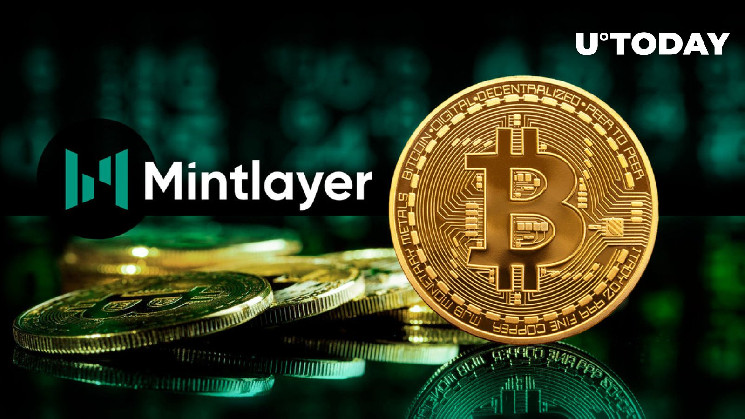As a culmination of years of research and development, Mintlayer is starting to change the narrative in the Bitcoin-based second-tier scaling solutions segment. The blockchain will use an eccentric hybrid consensus to merge the benefits of the most popular decentralized networks.
Mintlayer sidechain launches in mainnet: details
According to an official statement from the team, Mintlayer, a second-tier platform on top of the Bitcoin (BTC) network, will go live on the mainnet today, January 29, 2024.
Big news! Mintlayer’s #Mainnet launches on January 29th!
This marks an important milestone, the transition from a testnet to a fully operational blockchain network!
Ready for a gateway to various tokenization standards with MLS-01 and MLS-03.
https://t.co/bJtJeK1lHS
— Muntlayer (@mintlayer) January 10, 2024
Like Bitcoin, Mintlayer is launched with the creation of a Genesis block. The Mintlayer blockchain shares a number of qualities with Bitcoin, including the UTXO (Unspent Transaction Output) model and a strong focus on security.
From the beginning of its mainnet operations, Mintlayer has supported non-Turing-complete smart contacts, reducing attack vectors and simplifying the audit process.
In subsequent releases, once Atomic Swaps are implemented, tokens issued on Mintlayer will be available for non-custodial conversion with Bitcoin (BTC), paving the way for unprecedented security and eliminating the need for intermediaries.
The Mintlayer sidechain was created in collaboration with industry veterans, including decentralization pioneer Charlie Shrem of the Bitcoin Foundation. Shrem supports Mintlayer’s development as a strategy advisor.
Token staking and DeFi features will be available to Bitcoiners
Mintlayer was developed using the mainstream Rust programming language, with a consensus that combines elements of proof of stake and proof of work. The network aims to provide an environment for financial innovation that inherits the best features of Bitcoin.
Block signers must ‘guess’ the next block in a manner analogous to PoW, but Mintlayer’s consensus imposes a much lower computational requirement, meaning even low-power devices can control a node, allowing broader participation .
The ML token supports network staking and stimulates economic activity in the Bitcoin sidechain. Mintlayer launches with a supply of 400 million ML.

